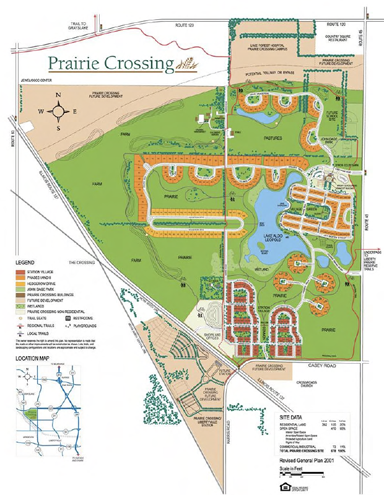December 29, 2010
Building Communities with Farms
While most of my concerns so far with the proposed zoning have had to do with complexity or density, another concern keeps nagging at me. A key reason we're updating the zoning, something discussed as long as I've been in these conversations, is to help agriculture. There's a Rural Agricultural zone, and agriculture is allowed in every zone. Farmstands are permitted in every zone now too, something made explicit in the November revisions.
I've heard some complaints that farming isn't considered the "best and highest use" of land, though I'm not entirely sure what legal difference that would make, or if it belongs in zoning in particular. The piece that strikes me as odd at the moment is the one place that seems not to consider agricultural uses: Planned Unit Development. It isn't entirely banned, because the PUD section is effectively a giant loophole in the zoning - there's no minimum acreage required, and any type of PUD can include "Other uses approved by the Planning Board."
However, in this age of local food - something especially popular in this county - it doesn't seem too far fetched to think of a Planned Unit Development that focuses explicitly on agriculture as its central use with other residential and commercial construction built around that model. A recent report, Building Communities with Farms (7.3MB PDF), takes a detailed look at those possibilities, including the experiences of places that have actually done this. It's not just ecovillages, really - the case studies include five developments in Illinois, Georgia, Vermont, Virginia, and Idaho.

Prairie Crossing (Illinois) development map.
I'm a little bit cautious about this, as a friend asked whether this could be a way to put a Concentrated Animal Feeding Operation (CAFO) next to worker housing next to a slaughterhouse. I suspect it could, even under the proposed zoning as written, given the giant loopholes in the Planned Unit Development section. I'd like to think, however, that this might be a path toward encouraging developers to create places that are more appealing to live in than a condo complex with a convenience store.
Posted by simon at December 29, 2010 12:42 PM in agriculture , planning and zoningNote on photos